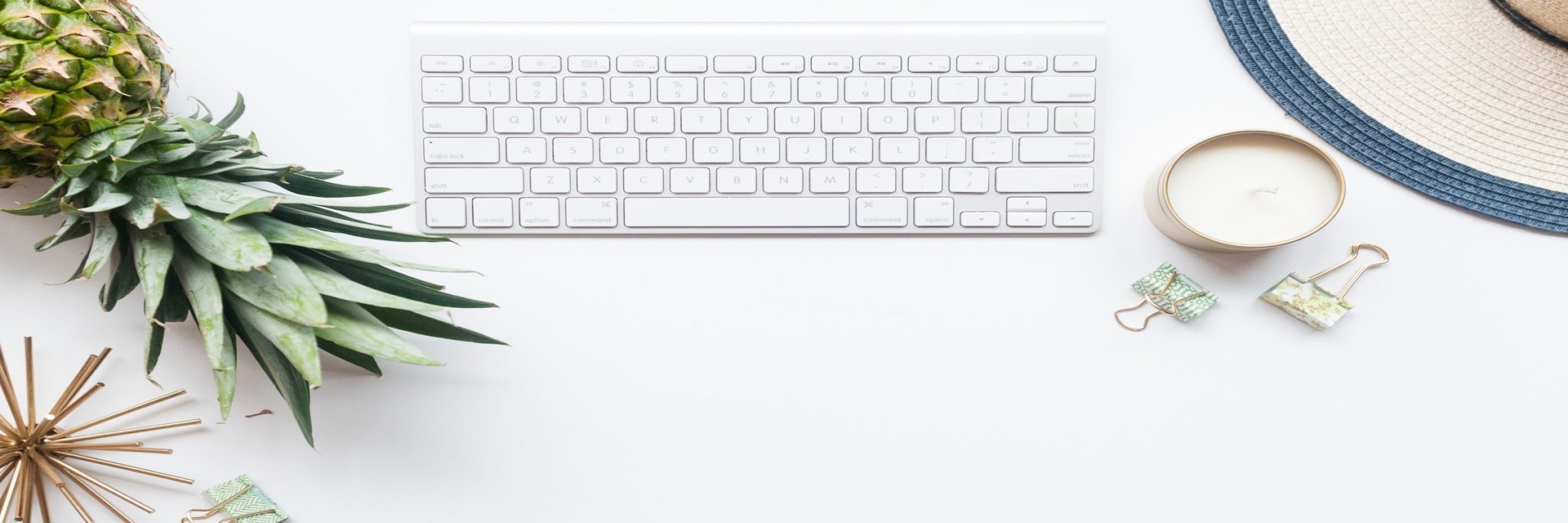What to Bring to India
The best packing tip I know: Once you’ve stuffed everything you think you need into your backpack, remove 20 percent of those items. Clothes you can buy everywhere. Ditto toiletries. But when traveling to India there are a few essentials you won’t be able to find in the local provisions stores. Here are my guidelines for making your journey to India more joyous:
The best packing tip I know: Once you’ve stuffed everything you think you need into your backpack, remove 20 percent of those items. Clothes you can buy everywhere. Ditto toiletries. But when traveling to India there are a few essentials you won’t be able to find in the local provisions stores. Here are my guidelines for making your journey to India more joyous:
- Pack Light. Literally. Frequent power outages, unlit streets with cars, buses, trucks, motorcycles, scooters and auto-rickshaws, most of which, in a bizarre petrol-saving scheme, refuse to use headlights, necessitate carrying your own light. Opt for a headlamp so you can busy yourself reading during the hours-long daily blackouts in Northern India.
- Oil of Oregano. A natural anti-bacterial, Oil of Oregano drops added to a glass of water can boost your immune and gastro-intestinal systems. Knock wood, I credit this tincture and avoidance of street foods (despite how scrumptious they smell) with staving off food poisoning during my seven months in India.
- Camp towels. Unless you’re staying in plush accommodations, towels are hard to come by in most Indian guesthouses.
- Ear plugs. India is loud. Really, really loud. Most major highways are one lane in each direction. When passing or rounding a curve, drivers honk their horns as a head’s up to oncoming traffic. While the chaos can be unsettling, the blare of beeping is downright tortuous. Public buses often blast Hindi chants and Bollywood soundtracks through ancient, scratchy speakers at Manowar concert decibels. Also, Indians are loud. My theory is hearing loss from the clamorous pre-dawn clanging of temple bells, incessantly barking street dogs and one billion people trying to talk over each other. I’ve been in a jeep with four men, all of whom were screaming on their cell phones simultaneously, incredibly droning out the trumpeting traffic.
- Callus remover, foot file or pedicure kit. India is rough on the feet. In the sweltering south, sandals are de rigueur, and removing the dirt requires diligence. After scrubbing your feet, be sure to bathe them in Himalayan Herbals foot cream before bed.
- Paper products. While Indians love paperwork (you’ll be required to produce copies of your passport and visa to rent a room, buy a cell phone SIM card and register for yoga classes), they keep a tight grip on paper itself. Toilet paper is non-existent in restrooms and in most Indian households. Paper towels are non-existent, period. Napkins are a luxury.
- Water purification system. You can buy bottled water, but the last thing India needs is tourists dumping more plastic. India has no sanitation system, no recycling, so all that plastic ends up littering the streets, beaches and mountains. Garbage disposal consists of locals burning their trash in their backyards or using it as fire fuel for cooking and heat. Shunning plastic is the best way to reduce your carbon footprint.
- Waterproof jacket. In India, when it rains, it pours. Be prepared, especially if you’re traveling in the mountains or during monsoon season.
- Patience. A one-hour drive can turn into an all-day event in India if, for example, the only bridge crossing the river you need to cross is blocked, as it was when I traveled from Rohtang Pass to Manali, by 30 Ski-Doos. Locals run on India time, which means between a half an hour and two hours later than your time. Indians don’t believe in standing on line at ticket counters or in shops or when boarding buses and trains or anywhere else. The chaos they create makes everything take much longer than you will think it should. The checkout procedure in large stores involves three employees–one writes up the invoice, the second takes your money and the third hands you your goods. On the other hand, one person waits on twenty people, simultaneously, in small markets and pharmacies. In Cafe Coffee Day, India’s answer to Starbucks, four baristas serve each customer. It still takes 15 minutes to get your latte. Patience, in India, is not a virtue; it’s essential for survival.
- Sense of humor. Miscommunication can be comical and bargaining a sport as long as you remember to laugh. A sense of humor makes dizzying, life-threatening jeep rides through the Himalayas entertaining. Roads signs, rather than posting speed limits that no driver adheres to, offer advice: “If you drive like hell, you’ll soon be there” and “On my curves, don’t lose your nerves.” With the poverty, stray animals and ubiquitous garbage, in India you can easily slip into despair. But the open-air markets rife with vividly colored clothes, flowers, pastes, textiles and tchotchkes, the aromatic herbs, oils, spices and foods, all of which are on offer by pushy touts eager to make a deal, can transform browsing into a comedy routine. Traffic always, always includes cows as well as enormous saffron-colored semis decorated with images of demons, gods, lotus flowers and, on the bumper, an inscription, “Use horn, please.” Elephants bearing businessmen amble down tiny streets and major highways alongside the cars and cattle, which, let’s face it, is funny. When you laugh, all of India laughs with you.






Oh so true. And your mention of Coffee Day reminded me of the ridiculousness there when the waiter wanted to charge me for two french presses even though I only bought one– and a week later when I went back, he had the nerve to ask me again for money for the press that I had NOT BOUGHT. Sigh.